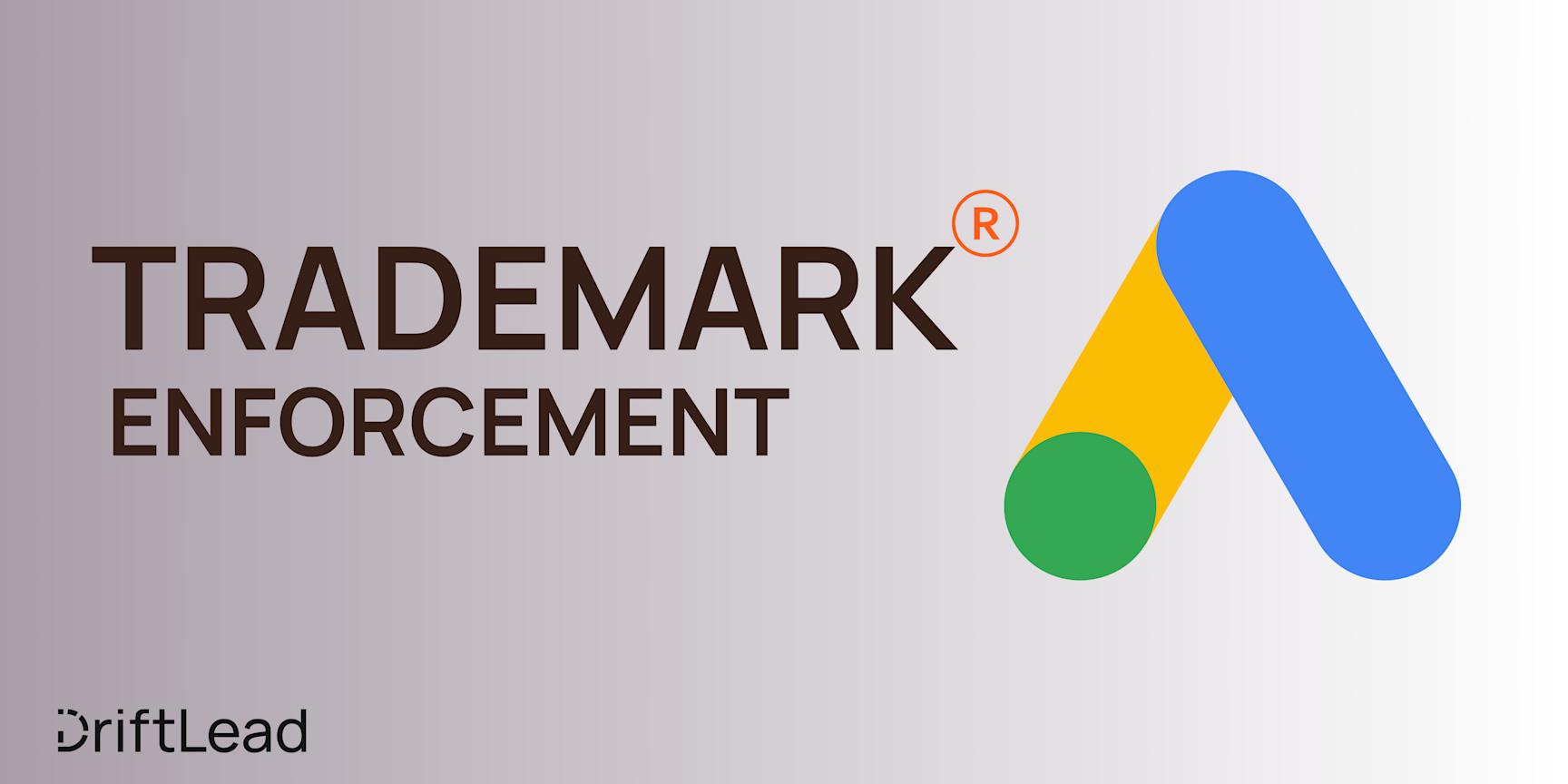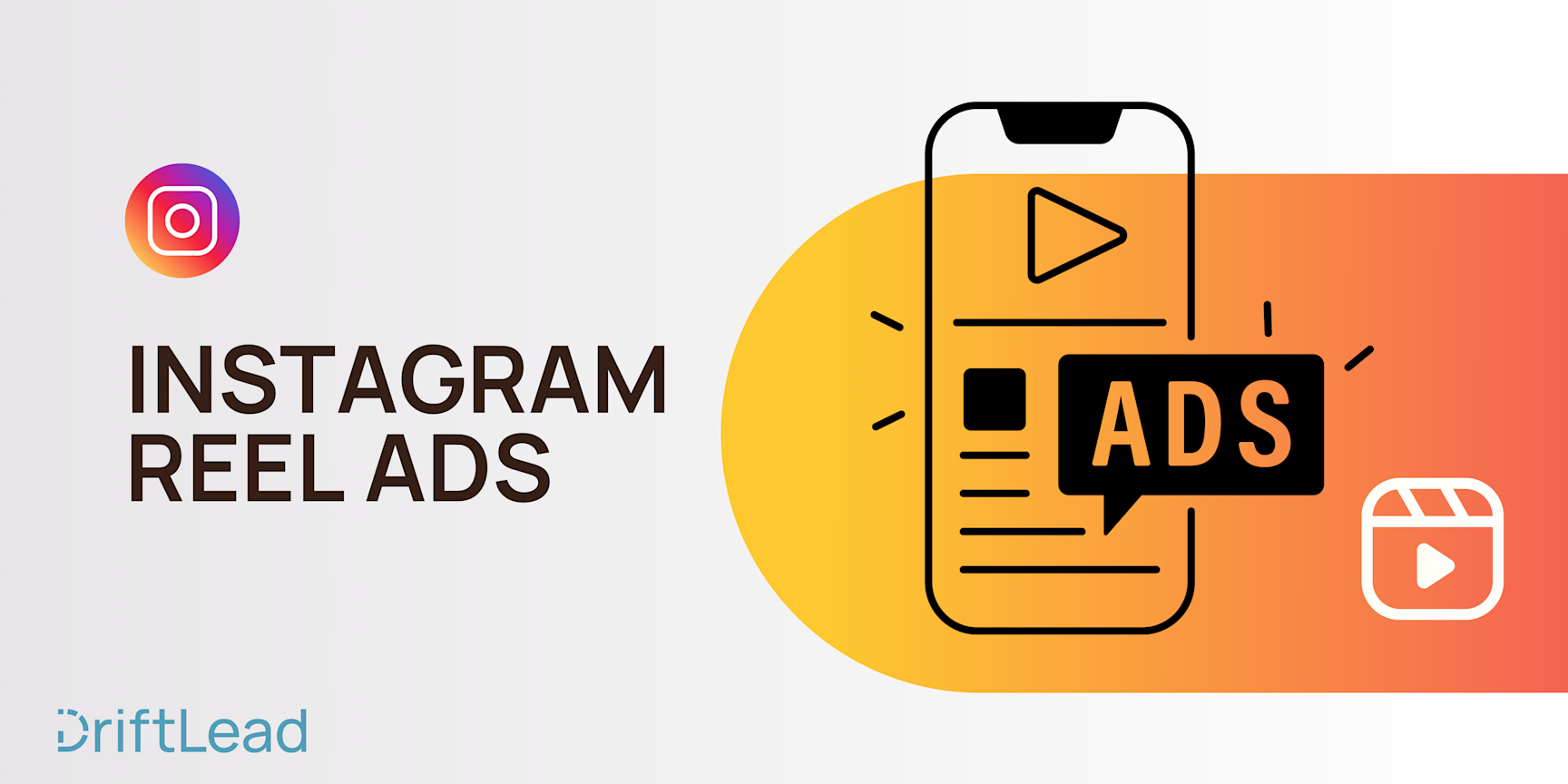Everything to Know About Facebook Dynamic Ads (with Examples)
22 Nov, 2024
Learn the ins and outs of Facebook dynamic ads and see how to maximize their potential to take your meta campaigns to new heights.
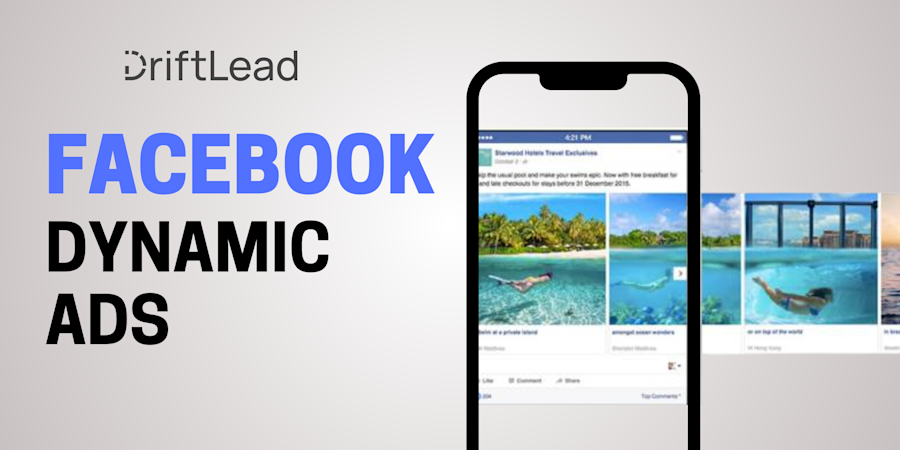
Jump to:
Hop on our weekly newsletter train! We're sharing tips so stellar, we're practically job-threatening ourselves!
Facebook Dynamic Ads have become a cornerstone of advanced digital marketing strategies, offering unprecedented levels of personalization and automation. However, their effectiveness is not universal, and understanding the nuances of when and how to deploy them can make the difference between a campaign that soars and one that sinks. In this comprehensive guide, we'll delve deep into the mechanics of Dynamic Ads, exploring their optimal use cases, potential pitfalls, and the critical factors that influence their performance. We'll move beyond the surface-level explanations and provide you with the insider knowledge you need to leverage these powerful tools effectively in your campaigns.
The Mechanics Behind Facebook Dynamic Ads
Facebook Dynamic Ads, now known as Meta Advantage+ catalog ads, operate through a sophisticated interplay of user data, machine learning, and advertiser input. This powerful advertising tool leverages Facebook's extensive user behavior-tracking capabilities to deliver highly personalized ad content.
Algorithm-Driven Product Selection
The core of Dynamic Ads lies in its ability to automatically select and display the most relevant products to each user. This process relies on several key components:
Product Catalog Integration: Advertisers must first upload their entire product catalog to Facebook, including details such as images, prices, descriptions, and unique product IDs
User Behavior Tracking: The Facebook Pixel or SDK tracks user interactions across websites and apps. This includes events such as product page views, cart additions, and purchases
intent Signal Capture: The system captures and analyzes these user interactions to understand individual preferences and purchase intent
Machine Learning Optimization: Facebook's robust machine learning algorithms continuously refine the ad delivery process, learning which products and ad formats perform best for different user segments
Ad Customization and Delivery
Once the foundational elements are in place, the Dynamic Ads system creates and serves ads through the following process:
Automated Ad Creation: The system uses the product catalog data to automatically generate ads, eliminating the need for manual creation of thousands of individual ads.
Real-Time Personalization: When a user who has previously interacted with an advertiser's products browses Facebook, Instagram, or the Audience Network, the system dynamically selects which products to showcase based on their past behavior
Cross-Device Targeting: Dynamic Ads can reach users across multiple devices, ensuring consistent messaging and increased opportunities for conversion
Audience Segmentation: Advertisers can define specific audience segments and tailor ad delivery based on factors such as product viewing history, cart abandonment, or past purchases
Technical Underpinnings
The effectiveness of Dynamic Ads relies heavily on robust technical implementation:
Pixel and API Integration: Proper implementation of the Facebook Pixel and Conversions API is crucial for accurate event tracking and data collection
Catalog Management: Regular updates to the product catalog ensure that ad content remains current and accurate
Event Mapping: Correct mapping of conversion events (e.g., 'View Content', 'Add to Cart', 'Purchase') to corresponding website actions is essential for targeting precision
When Dynamic Ads Shine (And When They Don't)
Understanding the optimal scenarios for deploying Facebook Dynamic Ads, as well as recognizing their limitations, is crucial for maximizing their effectiveness in your marketing strategy.
Ideal Scenarios for Dynamic Ads
Dynamic Ads truly excel in specific situations, leveraging their unique capabilities to drive impressive results. Here are the key scenarios where these ads shine:
E-commerce with Large Product Catalogs: Dynamic Ads excel when promoting extensive product lines, automatically showcasing relevant items to interested users
Retargeting Campaigns: These ads are particularly effective for re-engaging users who have previously interacted with your website or app, showing them products they've viewed or added to cart
Cross-selling and Upselling: Dynamic Ads can effectively promote complementary or higher-value products to customers based on their browsing and purchase history
Personalized User Experiences: When you have diverse audience segments with varying preferences, Dynamic Ads can tailor content to individual users, increasing relevance and engagement
Real-time Inventory Management: For businesses with frequently changing stock levels or prices, Dynamic Ads can automatically update to reflect current availability and pricing
When Dynamic Ads May Not Be a Good Idea
Despite their power, Dynamic Ads aren't a universal solution. There are scenarios where their effectiveness may be limited or where alternative strategies might yield better results:
Limited Product Range: If your business offers only a few products or services, the benefits of Dynamic Ads' automated product selection may be minimal
Brand Awareness Campaigns: For campaigns focused primarily on building brand recognition rather than promoting specific products, static ads might be more effective in delivering a consistent message
Low-quality Product Catalogs: Dynamic Ads rely heavily on well-structured, up-to-date product feeds. Poor catalog management can lead to suboptimal ad performance
Insufficient User Data: These ads require substantial user behavior data to function effectively. New businesses or those with limited website traffic may not see optimal results initially
Complex or Service-based Offerings: Products or services that require detailed explanation or customization may not be well-suited for the automated nature of Dynamic Ads
Common Misconceptions
It's important to address some prevalent misconceptions about Dynamic Ads. Many marketers fall into the trap of viewing them as a "set and forget" solution, assuming that once set up, these ads will consistently deliver optimal results without further intervention. This couldn't be further from the truth. While Dynamic Ads do automate much of the process, they still require ongoing optimization and monitoring for peak performance. Another common misunderstanding is that Dynamic Ads are a one-size-fits-all solution, superior to static ads in all scenarios. In reality, the effectiveness of Dynamic Ads versus static ads depends on specific campaign goals, target audience, and product type. Lastly, there's often an expectation of instant results. Like any advertising strategy, Dynamic Ads may require time and testing to achieve optimal performance. Patience, continuous refinement, and a data-driven approach are key to unlocking their full potential.
Optimizing Dynamic Ad Performance
Maximizing the effectiveness of your Facebook Dynamic Ads requires a strategic approach and ongoing optimization. The key to success lies in leveraging Facebook's powerful machine learning algorithms while continuously refining your creative assets and targeting strategies.
Leverage Machine Learning
To harness the full potential of machine learning, it's crucial to allow sufficient learning time for your campaigns. Resist the urge to make significant changes too quickly; instead, let your campaigns run for at least a week, giving the algorithm ample time to gather and analyze data. During this period, closely monitor performance metrics such as click-through rates, conversion rates, and return on ad spend (ROAS) to gauge campaign effectiveness. Consider utilizing Facebook's automated bidding strategies to optimize your budget allocation based on this performance data.
Refine Your Creative Assets
The quality and relevance of your creative assets play a pivotal role in ad performance. Upload a variety of images, videos, headlines, and descriptions to give the algorithm more options to optimize from. Focus on testing variations of high-impact elements that significantly influence user behavior, such as visuals and calls-to-action (CTAs). While experimenting with different creative elements, maintain brand consistency to ensure all assets align with your overall identity and messaging.
Audience Segmentation and Targeting
Effective audience segmentation and targeting are essential for reaching the right users with your Dynamic Ads. Start by focusing on retargeting campaigns, engaging users who have already shown interest in your products or services. Implement cross-sell campaigns to showcase complementary products to recent purchasers based on their buying history. Once you've optimized your retargeting efforts, expand to lookalike audiences to reach new potential customers with similar characteristics to your best-performing segments.
Continuous Testing and Optimization
Continuous testing and optimization are crucial for maintaining and improving performance over time. Conduct regular A/B tests to systematically evaluate different elements of your ads, such as copy variations, images, and CTAs. When analyzing test results, wait at least 24 hours after initiation to allow Facebook's algorithms to optimize effectively. Combat ad fatigue by regularly refreshing your creative assets to maintain audience engagement.
Technical Optimization
Technical optimization is equally important for supporting optimal ad performance. Maintain a high-quality product catalog with accurate, detailed product information and high-resolution images. With a significant portion of Facebook users accessing the platform via mobile devices, ensure your ads and landing pages are mobile-friendly. Properly set up and maintain your Facebook Pixel and Conversions API to ensure accurate event tracking and data collection.
Specific Campaign Use Cases
Facebook Dynamic Ads have proven to be versatile and effective across various industries. Here are some specific use cases that showcase the power and flexibility of this advertising format:
E-commerce: Beyond Simple Retargeting
While retargeting is a common use for Dynamic Ads, innovative e-commerce brands are pushing the boundaries. For instance, Fall Haven implemented a weather-based dynamic ad strategy for their backpack line. By showcasing the same product in different weather conditions (sunny, cloudy, and snowy), they effectively demonstrated the product's versatility and durability across various climates.
Travel Industry: Maximizing Booking Potential
Travel companies can leverage Dynamic Ads to showcase destinations, hotels, or packages based on users' browsing history and preferences. For example, a travel agency could display ads featuring specific hotels or attractions that a user has previously viewed, along with real-time pricing and availability.

B2B: Adapting Dynamic Ads for Lead Generation
While often associated with B2C, Dynamic Ads can be equally effective for B2B lead generation. A software company, for instance, could use Dynamic Ads to promote different features of their product based on the specific pages a potential client has visited on their website.
Retail: Seasonal and Time-Based Campaigns
OFF, a retail brand, demonstrated the power of time-based dynamic segmentation in their ad campaign. They created variations of their ads to reflect different times of day, showcasing how their product is versatile and useful around the clock. his strategy can be particularly effective for retailers looking to promote products with varied use cases or to target customers in different time zones.
Multi-Language Campaigns
Aldi's approach to language-based segmentation showcases how Dynamic Ads can be used to overcome language barriers in international marketing. By creating ad variations in multiple languages, they ensured their discount offer was understood across different regions.
Location-Based Promotions
Crocs utilized location-based Dynamic Ads to promote their physical stores in different cities. By incorporating map images and tailoring the ad content to specific locations, they effectively drove foot traffic to their brick-and-mortar outlets.
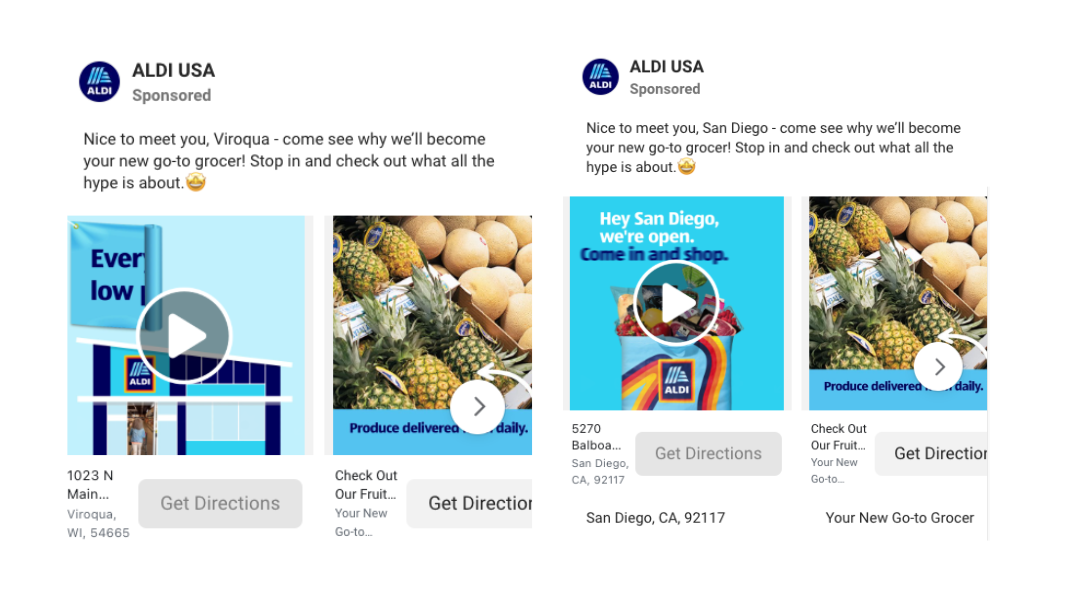
Facebook Dynamic Ad Examples
Facebook Dynamic Ads offer a powerful way for e-commerce businesses to showcase their products and drive conversions. Here are some standout examples that demonstrate the versatility and effectiveness of this ad format:
Crocs' Location-Based Dynamic Ad
Crocs leverages location-based dynamic ads to promote their physical stores in different cities. While maintaining consistent pricing and product style, they customize the ad content based on the viewer's location. The ads include map images to show how close the store is to the potential customer. This strategy is particularly effective for businesses with multiple locations or those looking to drive foot traffic to brick-and-mortar stores.
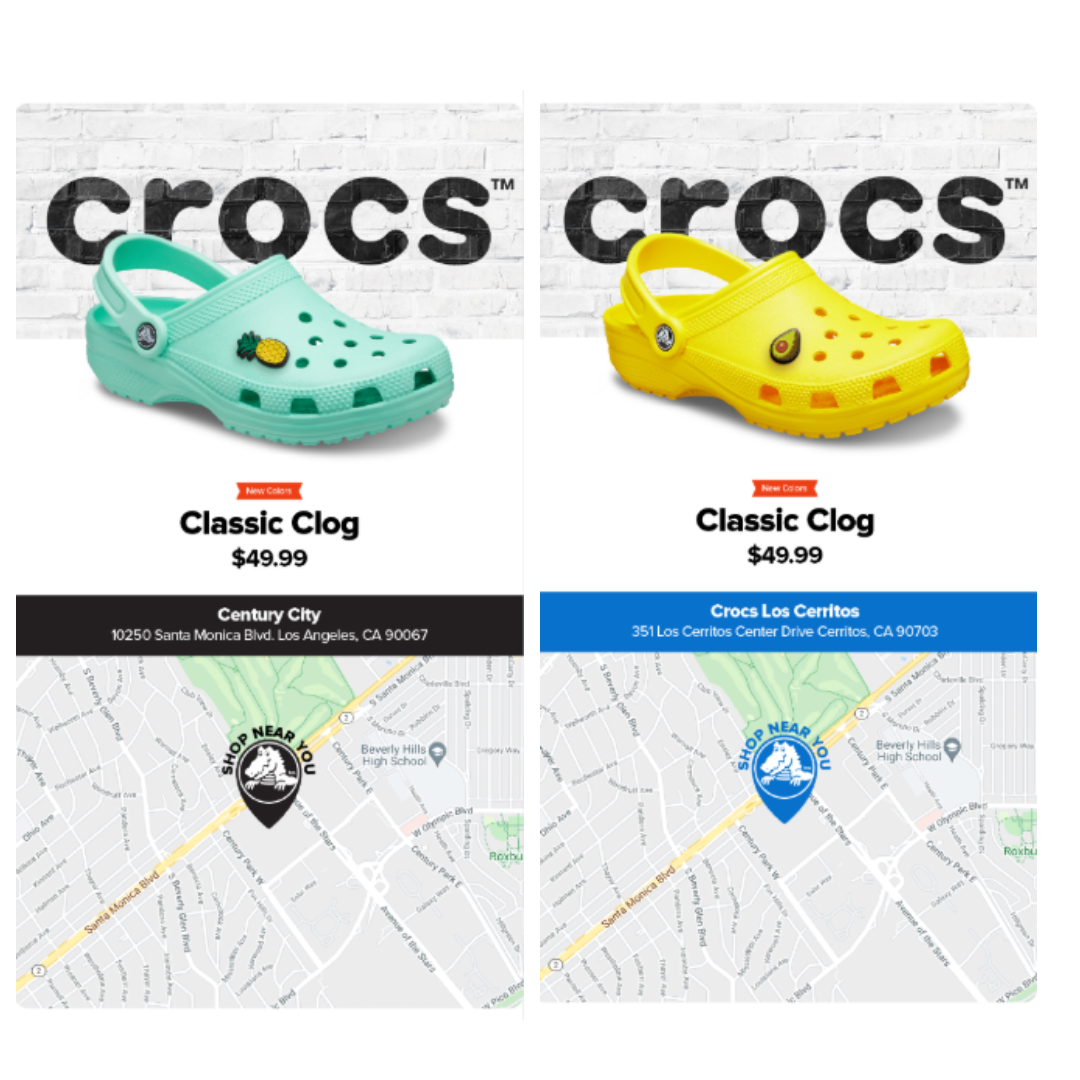
Centerville's Seasonal Product Ad
Centerville's dynamic product ad strategy adapts to seasonal changes, offering products relevant to current weather conditions. During sunny seasons, they promote sunscreens and sun protection products, while in snowy seasons, they focus on immune-boosting and warming products.
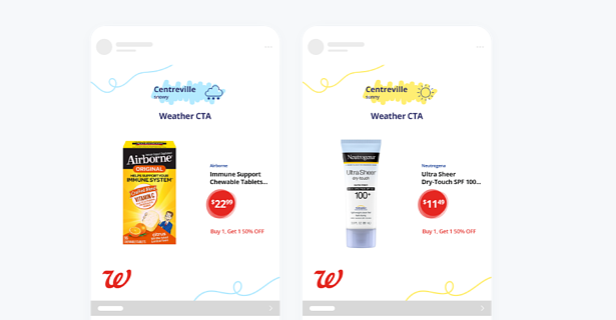
Closing Thoughts & Takeaways
From weather-based targeting to multi-language campaigns, from seasonal adaptations to time-of-day variations, successful advertisers are pushing the boundaries of what's possible with Dynamic Ads. These innovative approaches demonstrate that the true power of this ad format lies in its flexibility and ability to deliver highly relevant content to the right audience at the right time.
However, it's crucial to remember that Dynamic Ads are not a "set it and forget it" solution. Success requires ongoing optimization, continuous testing, and a deep understanding of your audience and product catalog. The most effective campaigns combine technical proficiency with creative insight, leveraging data to inform strategy while maintaining a human touch in messaging and design.
If you want to maximize the performance of your Meta ads and see if dynamic ads make sense for you, request a free marketing plan from us at Driftlead and get started maximizing the impact of your advertising efforts today.
